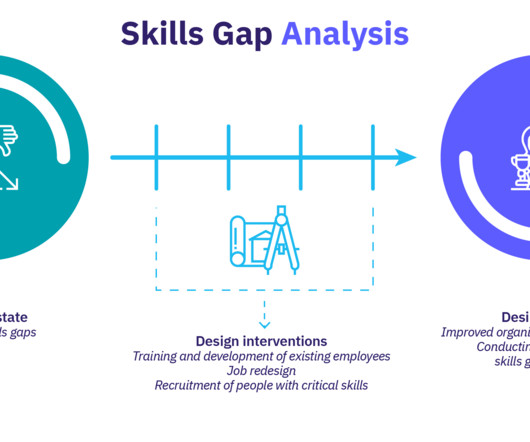Forget the Catchy Headlines – It Is Time for HR Leaders to Get Serious About Workforce Planning
CCI Consulting
AUGUST 21, 2023
First, some facts about employee turnover: The 2021 quit rate is consistent with other post-recession data (i.e., The average quit rate increased each year from 2009 – 2019. Instead, companies should look to reinvest in the key tenets of workforce planning. So, how is history repeating itself?
















Let's personalize your content